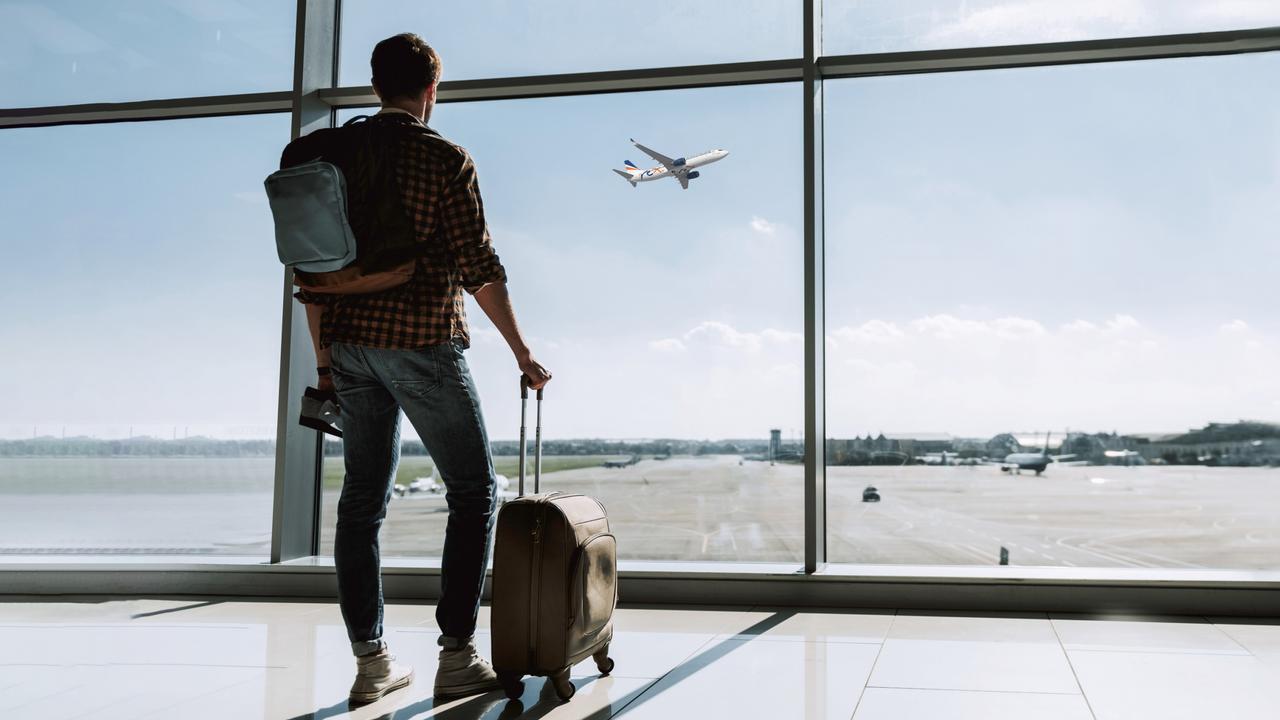Airservices targets $100m in cuts as first loss looms
Airservices Australia will post a $10 million-plus loss this financial year after a $4.5m profit last year.

Airservices Australia will soon embark on an “ambitious’’ transformation program to slash more than $100 million from its cost base as the organisation prepares to post its first financial loss in over 20 years.
The Australian can reveal the government-owned organisation — which employs more than 4000 staff and manages air traffic around the nation’s busiest and largest airports as well as co-ordinating rescue and firefighting services for on-site accidents — will post more than a $10 million loss this financial year as spiralling costs hurt its bottom line. The company made a $4.5m profit last financial year.
While Airservices continues to pull in just over $1 billion a year in revenue, the organisation’s costs continue to eclipse its income due to backroom inefficiencies and stalling airline fees.
But new Airservices chief Jason Harfield is taking action to reign in those costs and has put in place a 12-month transformation plan internally titled “Accelerate” to recast the organisation’s expense base.
“Our profit was over $4m last year but this year we will record a loss,’’ Mr Harfield told The Australian.
“It will be the first loss (Airservices has recorded) in 20 odd years and that’s the real indication that the operating model needs to be looked at.
“It served us well but the way we have operated the organisation is no longer sustainable.
“Over the last 10 years, we’ve had revenue growth of about 5 per cent, which really came on the back of the mining boom. But that has come off and the capacity wars of the two major airlines changed, and those dynamics meant our revenue has plateaued.
“The problem we have is that our cost base has continued to grow at 6 to 7 per cent.
“A lot of that was fixed on the regulatory nature of our service provision but a lot was also inefficiencies, which have grown through the organisation over time.”
Mr Harfield said there would be no “sacred cows” as the program comes into effect on July 1. It will hone in on three target areas: Airservices’ operating model and how it functions; asset and program management; and technological improvements in back office functions. Mr Harfield has set the Accelerate program a deadline of July 1 next year for completion.
The running of the program coincides with a moratorium on the fees Airservices charges airlines until July 2017.
The current pricing agreement was to expire on June 30 and was to be replaced by a 5.3 per cent rise in the first year of the five-year deal, with a weighted average of 3.3 per cent over the life of the agreement.
“I don’t think it’s fair that the industry should pay for inefficiencies that we have in the organisation. So I want to clean them up before we go out with a price increase,” Mr Harfield said.
He said the internal changes would cut job numbers, but he said frontline staff including air traffic controllers and emergency services staff would not be immediately affected.
“The first part of the Accelerate program will not touch the front line but it will touch back of house staff,” he said.
“The front line is efficient and is delivering right but I do want to make it more efficient. But I do expect to see a reduction in our staffing footprint (overall).”
With the changes in place, Mr Harfield expects Airservices to drive a double-digit reduction in its cost base, which would equate to more than $100m a year.
“It will be quite significant. I can’t be specific now because we are going through the detail but we have a target on what will be achievable. To recorrect the path we are on, we would need to look at a double digit reduction, which makes this very ambitious,” he said.
The internal changes at Airservices come ahead of the implementation of its $1.5bn OneSKY project to integrate the civilian and military air traffic control and navigation systems with new radar in a state-of-the-art system by 2021.
“The OneSKY program, which will have a life of 25 years, will underpin over a trillion dollars to the Australian economy so it’s not something we can stuff up. We need to do it,” Mr Harfield said.
“But we weren’t match fit to deliver it and that’s what I’ve been changing.
“I’ve grown up in this organisation. I know where the skeletons are but I also know the potential of this organisation and I believe I’m the one with the ability to unlock it.”



To join the conversation, please log in. Don't have an account? Register
Join the conversation, you are commenting as Logout